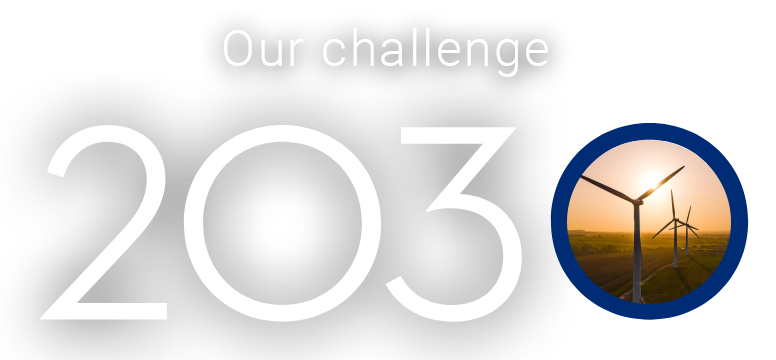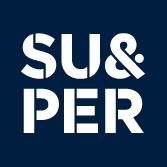“Weaving a Better World”
In our program we include all actions focused on getting our activity to generate a less negative impact on the environment and more positive for society.
What are our 4 main pillars?
- TRACEABILITY: Transparency is key for us. We work hard to make all our products truly sustainable, tracking all processes from raw material acquisition to production, consumption and disposal.
- CIRCULARITY: We reduce and make the most of the waste we generate during our manufacturing process by betting on processes such as Santanderina 360, which is committed to facilitating the recycling of all our products so that they can re-enter the value chain.
- SMART EARTH INTEGRATION: We minimize our environmental impact by obtaining energy from more sustainable or renewable sources such as solar energy or by reducing water consumption through our recovery process.
- SECURITY LIFECYCLE: We guarantee through the most demanding certifications in our sector that all the processes and actors involved in our value chain are environmentally friendly and with all the people involved in the chain

We’ve got it all planned
Weaving a better world
We’ve got it all planned
Weaving a better world
+ Innovation
+ Energy efficiency
+ Resource optimization
+ Flexibility
+ Innovation
+ Energy efficiency
+ Resource optimization
+ Flexibility


Santanderina is designing a customer-focused Green Transition Plan based on innovation, energy efficiency and the best use of resources. Actions are coordinated by a new Change Management Office and are aimed at achieving more efficient resource management and improved traceability and flexibility. The aim: to be working within the framework of a digital circular economy by 2030.
We are careful with what we
do to take care of what we
have around us

Santanderina takes care of the environment around it, both nearby and far away, because it knows that human beings themselves are a threat to the planet. For this reason, it focuses all its lines of action on the Sustainable Development Goals.
All the company’s gestures, actions, processes and products are shot through with green: creating value in a sustainable way. Competitiveness and profitability are meaningless if they are not aimed at maximising the positive impact of the business on all aspects of the environment. The goal is always to improve and make the sustainability chain stronger and stronger.
Santanderina signed the UN Global Compact because it knows that this is part of an overall approach. The company’s aim is to get closer to people and customers and to generate more value.
![]()
We listen to our
customers so we
can innovate with
them

Innovation and research are intrinsically related to the company’s three strategic Rs: reduce, regenerate and recycle. Customers, suppliers and the market identify Santanderina as a sustainable company that respects the planet and is a leader in terms of RDI. Among other factors, this good reputation is due to the use and manufacture of increasing quantities of natural, ecological and recycled materials (SEAQUAL, Recycled Cotton, Organic Cotton, Tencel®, Coolmax® Ecomade, Lycra® Ecomade, RefibraTM, EcoveroTM, and others).

At Santanderina we carry out actions aimed at managing resources more efficiently, with better traceability and flexibility. It is important that everyone at the company knows that everything they do individually has a direct impact on CO2 emissions, energy and water saving, reducing the chemicals we use and using raw materials better. The better informed and trained and more aware we are, the more sustainable Santanderina will be. For Santanderina, the most strategically important thing is to innovate and invest in the production system.
8,000 h of training
We invest more to
consume less
The key objective
to reduce
our ecological footprint

Recycling (with the Internal Recycling Project and the S360º circular cycle) and efficient resource management extends to the entire production line. In the finishing process we find one of the big issues facing the entire textile industry: reducing the use of chemical products.
RDI projects such as Fiberclean’s are key in this field, with a strategy based on four key points: reusing products, modifying the production process (as in the case of Ecolandye Pluss ecological dyeing), searching for more sustainable alternatives and reducing the end consumer’s ecological footprint.
15% recycled textile waste
2,600 m3 recovered caustic soda
68,000 m3 recovered water
The key objective
refocus
towards decarbonisation and clean energies

The textile industry is constantly looking for ways to integrate its activity more closely with Nature, and the company has been working for decades to reduce its carbon footprint and counteract its impact on climate change.
Santanderina is aware of the environmental problems associated with its industrial activity. The Green Transition Plan requires improved processes, new lines of work to counteract the effects on the environment, and facing new challenges to achieve more efficient resource management. To achieve these objectives, it is important to focus on renewable energies.
Santanderina is a member of the Fashion Industry Charter for Climate Action (FICCA), an initiative promoted by the UN to reduce emissions in the textile industry.
2400 photovoltaic solar panels
25 years of the CHP plant
Electric vehicle recharging point
... and remain faithful to our
crystal-clear commitment to
watter


Another fundamental aspect is reducing water consumption: less water, more control and more reuse. Santanderina has its own wastewater treatment plant and wants to continue promoting formulas to optimise its production processes and improve recovery levels.
“A raw material as insubstantial
as yarn can be turned into a fabric to
fight a forest fire.”

Flexibility and resilience are two values associated with the textile industry. Being flexible and resilient helps with adaptation to new scenarios and, since 1923, Santanderina has built a brand committed to quality, innovation and sustainability (GRS and RCS certification from Textile Exchange) and, above all, to its customers, who are kept at the centre of all its processes, based on the circular economy.
Santanderina belongs to the International Textile Manufacturers Federation (ITMF), whose Vice-President is Juan Parés, president and CEO of Santanderina.



